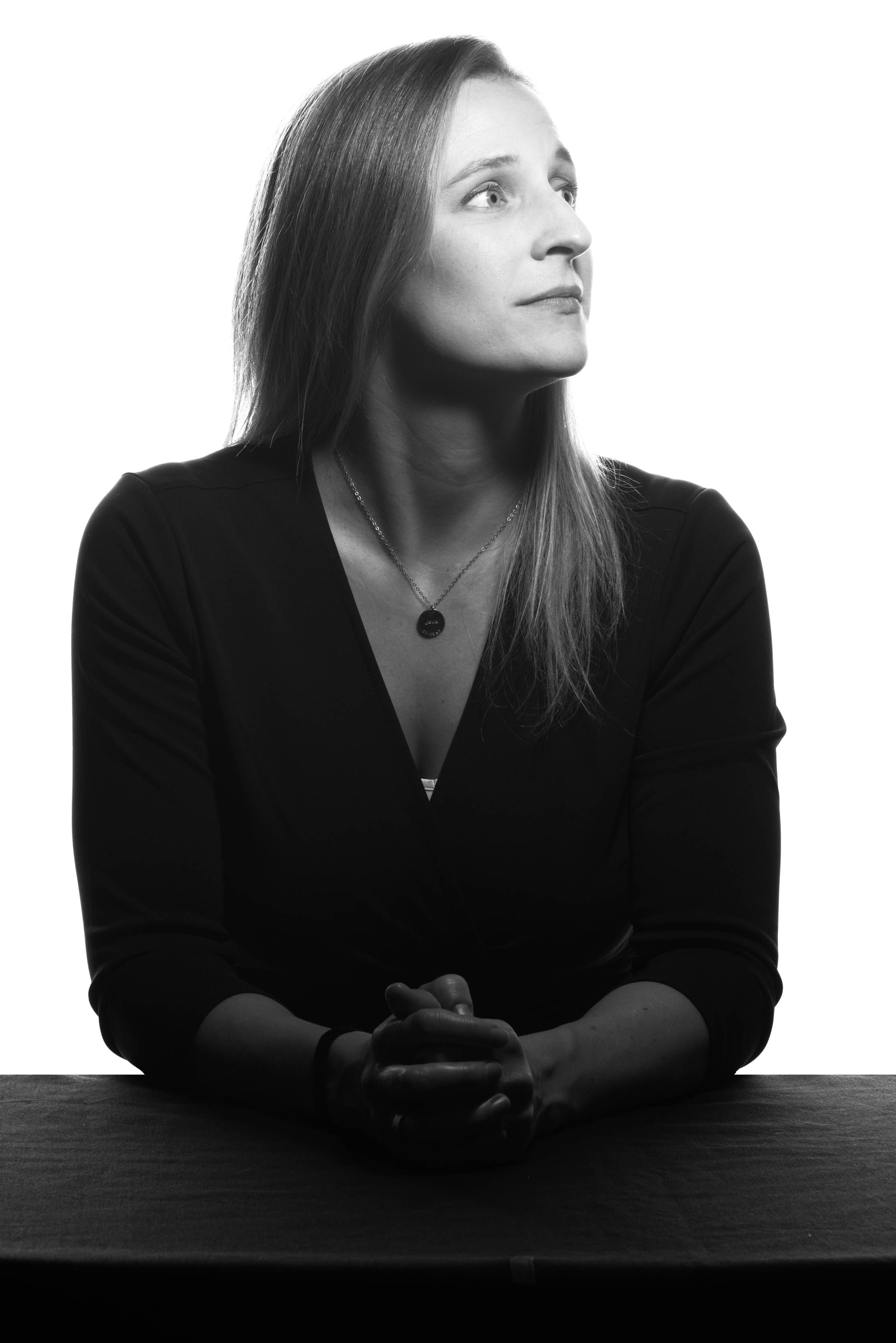
Michelle Gierach
Scientist
The path of a hurricane set the course for Michelle Gierach’s life.
Twenty-five years ago, in the sultry month of August, one of the most destructive storms in history barreled into Florida’s southern coast.
Winds averaging 165-miles-per-hour roared through the Everglades and flattened nearby towns. Gierach’s grandmother lived in Homestead, where the hurricane packed the biggest punch. Her grandmother’s house survived, but the surrounding damage made a deep impression.
“I was fascinated that something in nature could have that much power,” she says.
Since she was young she’s loved learning about weather and the ocean, and hurricanes combine the two in an unstoppable elemental force.
“Warm ocean water fuels hurricanes, but at the same time hurricanes influence the ocean,” she says. Hurricanes can act as a giant blender, mixing different temperature water layers and churning up nutrients from the ocean depths.
In college her hurricane studies mainly relied on satellite observations, but she also traveled to the sea near Taiwan to capture storm data. “The Western Tropical Pacific is a ‘genesis region,’ so you’re guaranteed that a storm will develop and pass through,” she says.
Like a nautical version of the movie “Twister,” she and her colleagues rushed to place data-collection moorings in the path of a category 5 typhoon. “To be safe we had to leave before the typhoon hit, but we still suffered massive waves and got really seasick.”
Her work at JPL currently revolves around an imaging spectrometer, called PRISM, that’s used to study inland and coastal water systems, including coral reefs. Storms of another sort are sweeping through the world’s coral reefs and causing massive die-offs, but the extent and rate of this change is poorly understood.
Flying on an airplane at 28,000 feet, PRISM has surveyed large swaths of ocean coastline and provided a quicker and more comprehensive picture of the reefs than can be achieved by teams of camera-toting scuba divers. Gierach is also modifying a submarine vehicle to use artificial intelligence to navigate the reefs, and future goals include an Earth-orbiting observation instrument to keep a watchful eye on changes over time.
One of her dreams is to someday fly on a storm-chaser plane, such as NOAA’s Hurricane Hunters. Even though she scuba dives, she does not have a similar desire to plunge into wild, tempestuous seas.
“I would say I’m respectful of the ocean, rather than scared,” she says. “I know the power of it, and how deep the abyss goes.”
Planetary science is a global profession.

